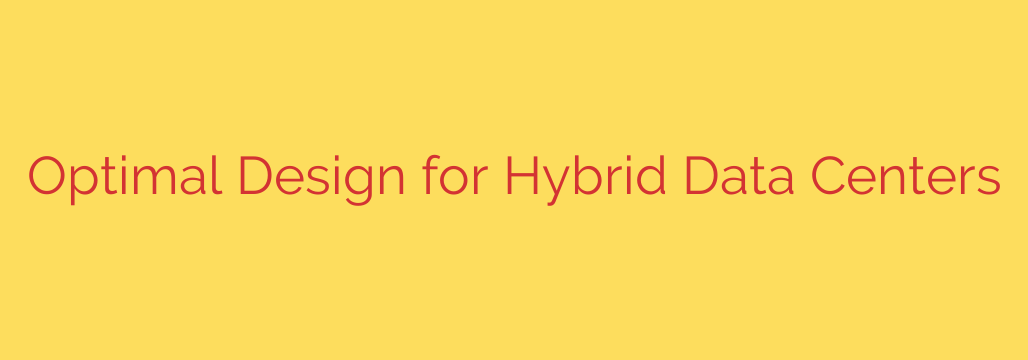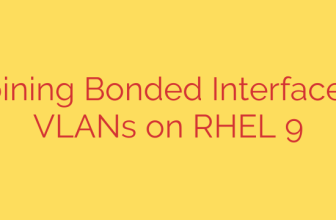
Designing an effective hybrid data center environment is crucial for organizations leveraging both on-premises infrastructure and public cloud resources. The goal is to create a seamless, secure, and highly performant system that optimizes workload placement based on specific requirements like cost, compliance, latency, and data gravity.
A fundamental aspect of optimal design involves robust connectivity. Establishing reliable, low-latency, and high-bandwidth connections between on-premises data centers and cloud providers is paramount. This often involves dedicated network links like direct connect services rather than relying solely on the public internet, ensuring predictable performance and enhanced security.
Security must be a top priority, designed holistically across the entire hybrid landscape. This includes consistent identity and access management (IAM), unified security policies, encryption for data in transit and at rest, and comprehensive monitoring and threat detection capabilities that span both environments. A layered security approach is essential to protect sensitive data and comply with regulations.
Effective management and orchestration are key to operational efficiency. Tools and platforms that provide a single pane of glass for monitoring, provisioning, and managing resources across both on-premises and cloud locations significantly reduce complexity. Automation plays a critical role here, enabling rapid deployment, scaling, and resource optimization.
Furthermore, the design must prioritize scalability and resilience. The architecture should allow for workloads to be easily scaled up or down in either environment based on demand. Disaster recovery and business continuity strategies need to account for potential failures in either the on-premises or cloud components, ensuring high availability and data protection across the hybrid setup. Cost optimization is an ongoing consideration, requiring careful analysis of workload characteristics and leveraging the cost advantages of each environment where appropriate, alongside diligent monitoring of cloud spending. Ultimately, a well-designed hybrid data center provides the flexibility and agility necessary to meet evolving business needs while maintaining control over critical assets.
Source: https://www.datacenterdynamics.com/en/whitepapers/optimal-architecture-of-the-hybrid-data-center/








